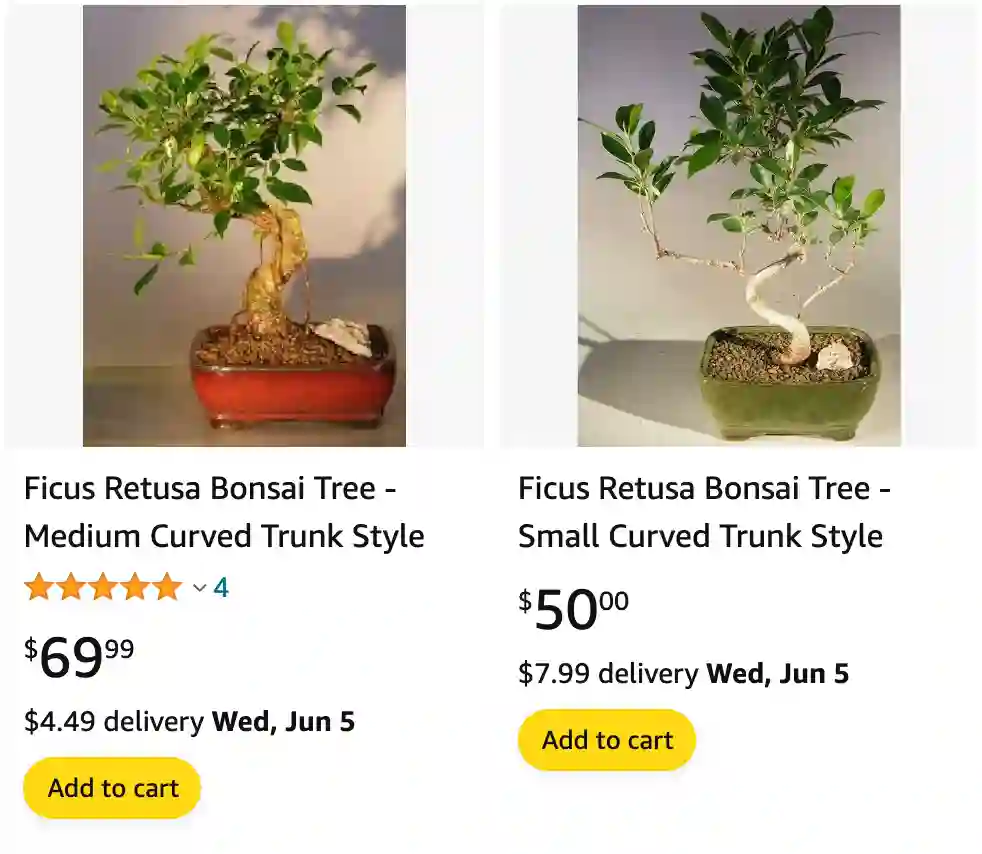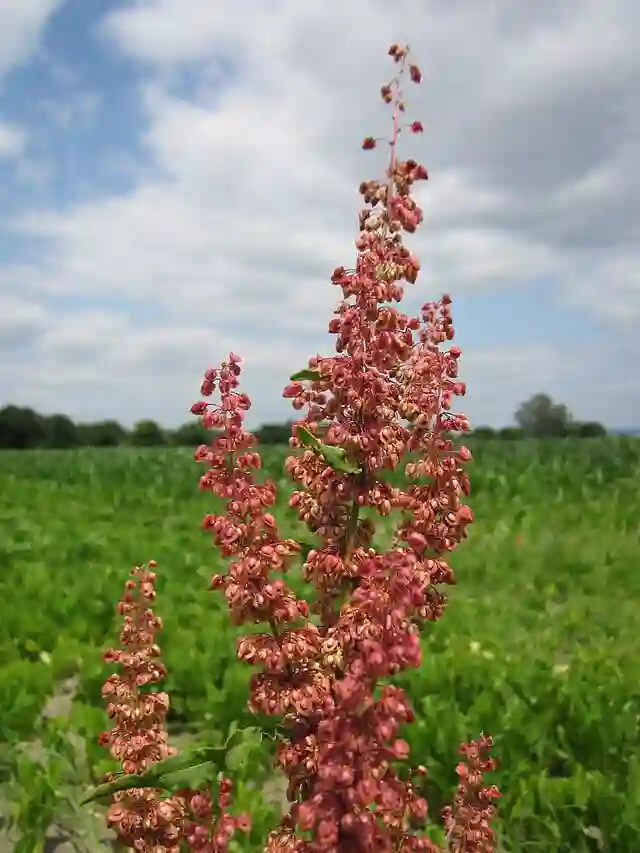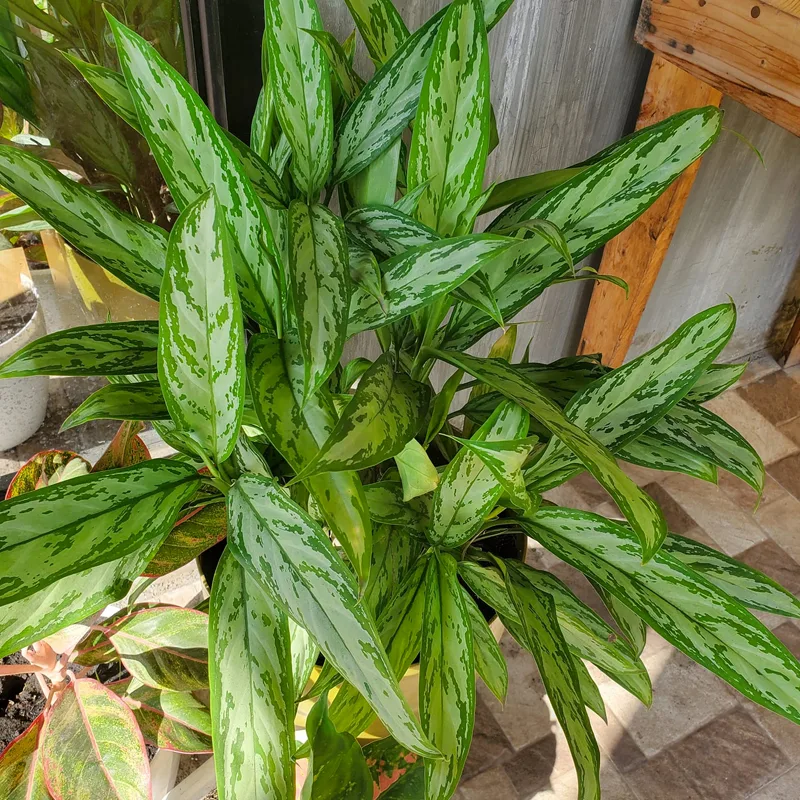
Ficus Retusa vs Ficus Microcarpa
When comparing Ficus Retusa and Ficus Microcarpa, I’ve noticed that the Ficus Retusa’s leaves are more oval-shaped and glossy, giving it a sleeker look that fits well in modern decor settings. In contrast, the Ficus Microcarpa, also known as the Chinese Banyan, has smaller, darker green leaves and a more bushy growth habit, which gives it a fuller appearance that’s great for filling up empty corners in my home.
880 Species in Genus Ficus
Are Ficus retusa poisonous to cats?
I once had a scare when my cat nibbled on a Ficus retusa leaf. Worried about its toxicity, I did some quick research and learned that while Ficus retusa isn’t necessarily lethal to cats, it can cause gastrointestinal upset. I kept a close eye on my furry friend for any symptoms, but thankfully, she was fine. Still, I now make sure to keep my Ficus retusa out of her reach.
Can Ficus retusa bonsai be kept indoors?
Keeping a Ficus retusa bonsai indoors has been a delightful experience for me. I find it adds a touch of tranquility to my living space. With proper care, including adequate light and regular watering, it has thrived indoors. Plus, it’s a fantastic conversation starter when guests come over.
Can Ficus retusa have flowers?
I’ve always been fascinated by the idea of my Ficus retusa blooming, but I’ve yet to experience it firsthand. From what I’ve gathered, it’s relatively rare for indoor bonsai to flower, but not impossible. Some factors like age, health, and environmental conditions may influence blooming. Regardless, I find the foliage itself stunning enough to appreciate without flowers.
How to grow a Ficus retusa faster?
To encourage faster growth in Ficus retusa, you can follow these tips:
1. Optimal Lighting:
- Bright, Indirect Light: Place your Ficus retusa in a location where it receives bright, indirect sunlight for most of the day. This mimics its natural habitat where it grows under the canopy of larger trees.
2. Temperature and Humidity:
- Warmth and Humidity: Maintain a warm and humid environment, ideally between 65°F to 85°F (18°C to 29°C). Regular misting or placing the plant on a humidity tray can help increase humidity levels around the plant.
3. Watering:
- Consistent Moisture: Keep the soil consistently moist but not waterlogged. Water thoroughly when the top inch of soil feels dry to the touch. Avoid letting the soil completely dry out between waterings, as this can stress the plant and slow down growth.
4. Soil:
- Well-Draining Soil: Plant your Ficus retusa in a well-draining potting mix rich in organic matter. A mix formulated for tropical plants or bonsai trees works well. Ensure the pot has drainage holes to prevent waterlogging.
5. Fertilizing:
- Regular Feeding: Feed your Ficus retusa with a balanced, water-soluble fertilizer diluted to half strength every 4-6 weeks during the growing season (spring to fall). Avoid overfertilizing, as this can lead to salt buildup in the soil.
6. Pruning:
- Prune Regularly: Regular pruning can stimulate new growth and encourage branching, resulting in a denser and bushier plant. Trim back leggy or overgrown branches to maintain the desired shape and size.
7. Repotting:
- Repot when Root Bound: If your Ficus retusa becomes root-bound or outgrows its current container, repot it into a slightly larger pot with fresh potting mix. Repotting allows the roots to spread and promotes faster growth.
8. Pest and Disease Management:
- Monitor for Pests: Regularly inspect your Ficus retusa for pests such as scale insects, spider mites, and mealybugs. Treat any infestations promptly with insecticidal soap or neem oil to prevent stunted growth.
9. Environmental Factors:
- Avoid Drafts: Protect your Ficus retusa from cold drafts and sudden temperature fluctuations, as these can stress the plant and slow down growth. Maintain a stable and comfortable environment for optimal growth.
10. Patience and Care:
- Consistent Care: Finally, provide consistent care and attention to your Ficus retusa, addressing its needs promptly and ensuring it receives the proper care it needs to thrive.
Is the Ficus retusa a conifer tree?
Ficus retusa isn’t a conifer tree; it belongs to the fig family, characterized by its broad, glossy leaves. Its tropical origins make it quite different from conifers in terms of appearance and growth habits. I find its lush foliage and unique trunk structure to be its most appealing features.
What if I eat Ficus retusa leaf?
Eating a Ficus retusa leaf isn’t something I’d recommend. While it’s unlikely to be toxic in small amounts, it’s not meant for consumption. Personally, I’d opt for a salad or some other leafy green if I were feeling hungry.
Where to get a Ficus retusa?
I acquired my Ficus retusa from a local nursery specializing in bonsai trees. They had a diverse selection of bonsai, including Ficus retusa in various sizes and styles. The staff was knowledgeable and helped me choose the perfect specimen for my home. If you’re looking to get one, I’d recommend starting your search at a reputable bonsai nursery or online from a trusted seller.
If i die, water my plants!



